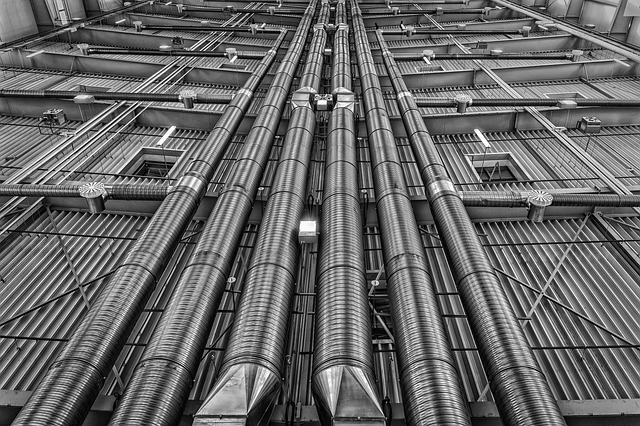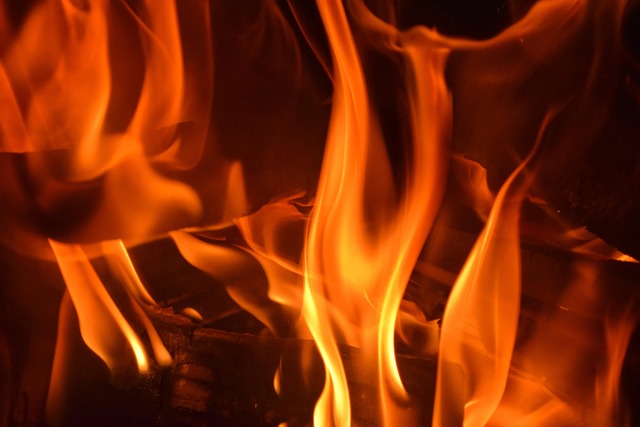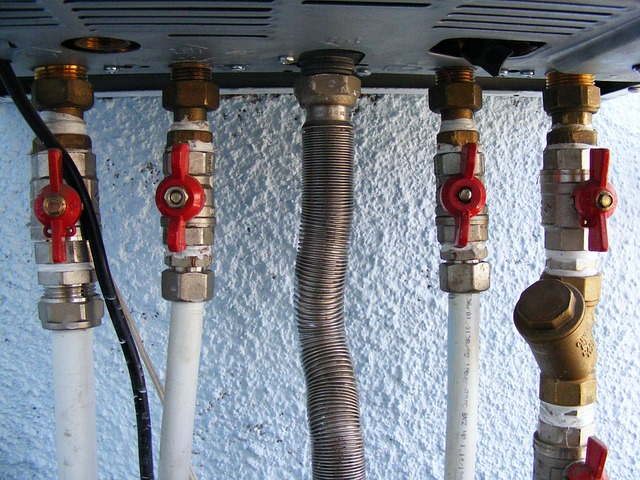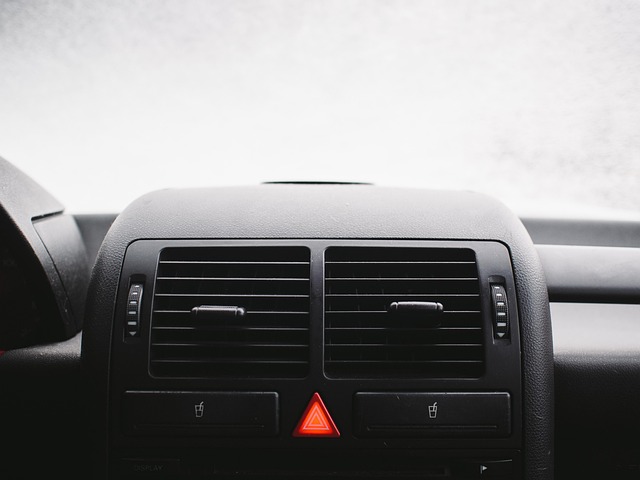Commercial destratification fans, mounted at ceilings or high walls, combat warm air traps near ceilings by circulating air uniformly, enhancing comfort and reducing heating costs in large buildings. Integrating smart technology into building controls allows these fans to automatically adjust speeds based on real-time data, optimizing HVAC systems, minimizing energy use, and substantially lowering heating costs for eco-conscious establishments. This integration offers substantial energy savings and improved indoor air quality across offices and retail stores, fostering healthier, more productive environments while driving sustainability and operational efficiency. Future advancements in smart fan technology promise even greater temperature uniformity and energy efficiency.
Commercial destratification fans play a vital role in enhancing indoor air quality and comfort, especially in large, bustling buildings. This article delves into the world of smart commercial destratification fans and their seamless integration with building controls. By understanding their functionality and benefits, we explore how advanced technology optimizes fan efficiency, leading to significant energy savings and improved indoor environments. We also examine emerging trends shaping the industry’s future, promising a revolution in sustainable building practices.
- Understanding Commercial Destratification Fans: Their Role and Benefits
- Integrating Smart Technology: How Building Controls Enhance Fan Efficiency
- The Impact on Energy Savings and Indoor Air Quality
- Future Trends: Innovations Shaping the Industry's Landscape
Understanding Commercial Destratification Fans: Their Role and Benefits

Commercial destratification fans are specialized ventilation systems designed to improve air circulation and temperature regulation in large commercial buildings, office spaces, and retail stores. These fans play a crucial role in enhancing energy efficiency and HVAC optimization by addressing a common issue: stratification. Stratified air, where warmer air becomes trapped near the ceiling while cooler air remains close to the floor, can significantly impact indoor comfort.
By installing destratification fans with ceiling or high-wall mounting, commercial spaces can achieve better temperature uniformity throughout the entire area. This not only enhances workplace comfort but also has a direct effect on reducing heating costs. Efficient air circulation systems, such as these, ensure that every part of an office, store, or other commercial building receives adequate ventilation and temperature control, creating a more productive and pleasant environment without excessive energy consumption.
Integrating Smart Technology: How Building Controls Enhance Fan Efficiency

Integrating smart technology into building controls is transforming the way commercial destratification fans operate, leading to significant improvements in fan efficiency and overall energy performance. These advanced systems can automatically adjust fan speeds based on real-time occupancy data, environmental conditions, and individual zone requirements. For instance, in empty office spaces or retail stores during off-peak hours, smart controls can reduce fan speed, minimizing energy consumption without compromising temperature uniformity.
By seamlessly integrating with ceiling installation and air circulation systems, these smart fans enable HVAC optimization, ensuring optimal temperature control throughout commercial buildings. This not only enhances workplace comfort but also delivers substantial heating cost reduction benefits. Through precise adjustments to fan operation, these technologies contribute to overall energy efficiency goals, making them a valuable asset for modern, eco-conscious establishments.
The Impact on Energy Savings and Indoor Air Quality

The integration of smart commercial destratification fans with building controls offers significant benefits for both energy savings and indoor air quality in various spaces, from office buildings to retail stores. These advanced fans are designed to optimize HVAC (Heating, Ventilation, and Air Conditioning) systems by improving air circulation throughout the entire building, ensuring temperature uniformity. This is particularly advantageous in large commercial structures where maintaining comfortable conditions can be challenging and energy-intensive.
By strategically installing ceiling-mounted destratification fans, businesses can achieve substantial heating cost reduction while enhancing workplace comfort for occupants. The efficient air circulation systems these fans provide help to eliminate cold spots and hot zones, ensuring every area receives adequate ventilation. This not only contributes to better energy efficiency but also positively impacts the overall indoor environment, leading to healthier and more productive office spaces.
Future Trends: Innovations Shaping the Industry's Landscape

The future of commercial destratification fans is poised for significant evolution as innovations continue to shape the industry’s landscape. One prominent trend is the growing integration of smart fan systems with advanced building controls, enabling seamless HVAC optimization in various settings, from office spaces to retail stores. These cutting-edge solutions promise not only enhanced temperature uniformity but also substantial heating cost reduction in commercial buildings.
With advancements in ceiling installation and air circulation systems, future destratification fans are expected to offer more precise control over indoor environments. This includes the ability to adapt to real-time occupancy needs, ensuring optimal workplace comfort without energy wastage. As a result, these smart fans will play a pivotal role in driving sustainability efforts and enhancing overall operational efficiency across diverse commercial spaces.
Commercial destratification fans, integrated with smart building controls, represent a significant advancement in enhancing energy efficiency and indoor air quality. By leveraging technology, these systems offer tailored ventilation solutions, optimizing environmental conditions within structures. As the industry evolves, continued innovation in smart fan integration will further reduce energy consumption and improve the overall comfort of occupied spaces, making commercial destratification fans an indispensable component of modern building design.
